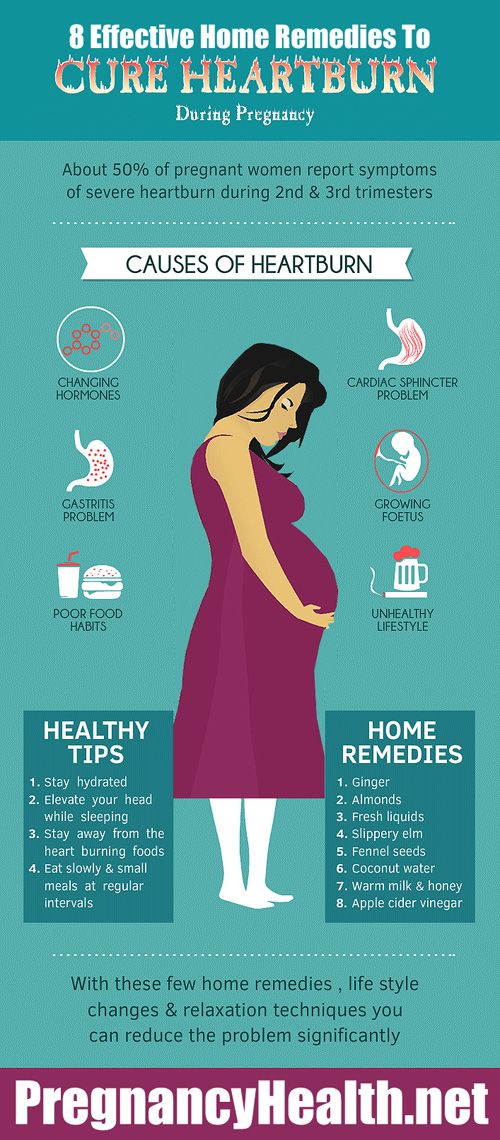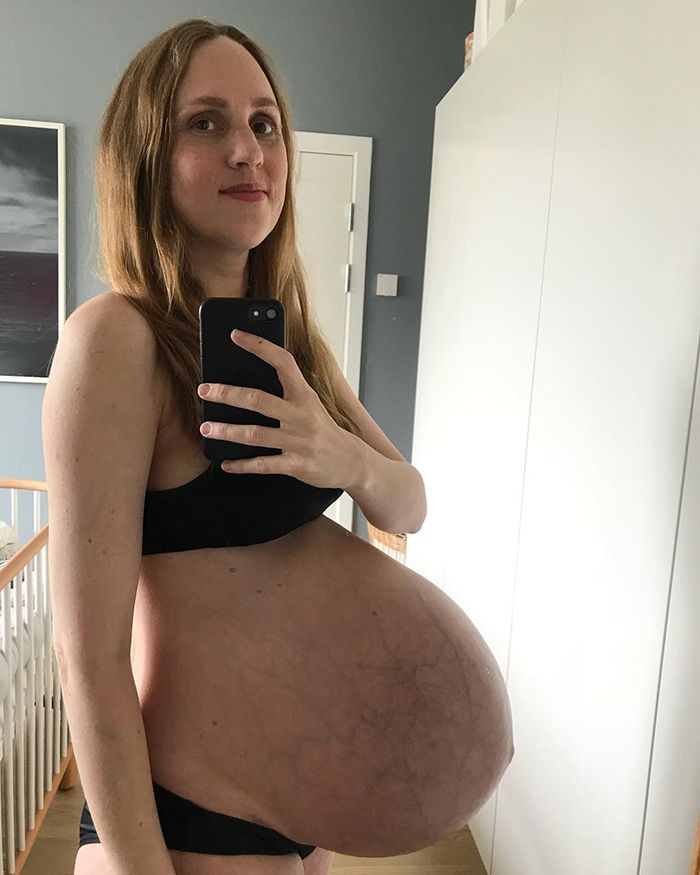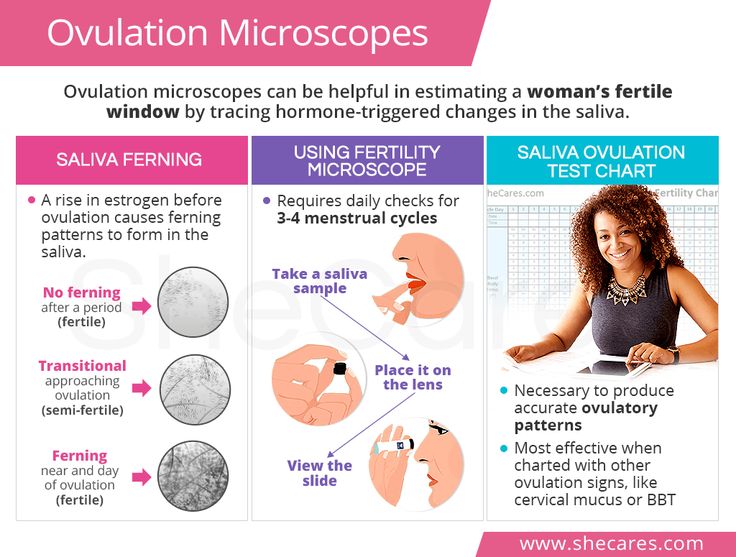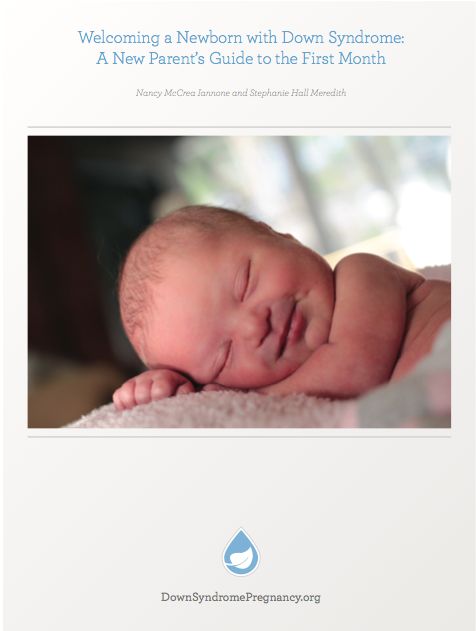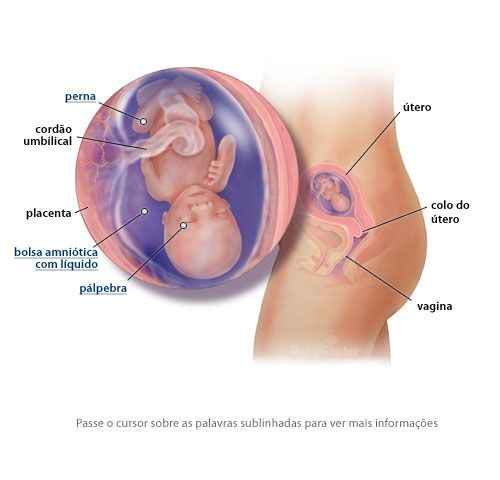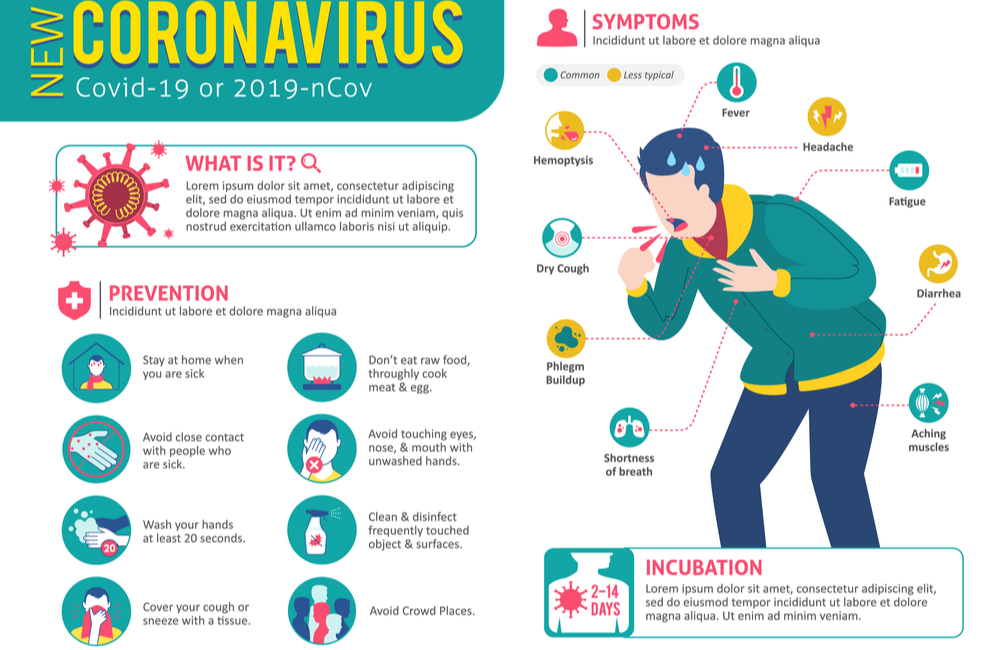How much milk should child drink
NUTRITION ED: How Much Milk Should My Child Drink? What Kind of Milk?
Skip to contentThe recommended amount of milk for children to drink daily is based on the child’s age. It is also important to remember that whatever beverages that are offered a child in their first 5 years of life will impact his or her lifelong taste preferences.1 So, what are the best options early in a child’s life? Water – for proper hydration, and milk – essential for growth.1
Milk is important in our diets because it provides calcium, Vitamin D, Vitamin A, and protein. It is especially important for children as these nutrients are all necessary for proper growth and bone development. The fat content in milk is necessary for brain growth and neurological development, therefore children up to 2 years of age should drink whole milk.2 Children over the age of 2, can drink 2% or low-fat (1%) milk.1
However, if a child is allergic to cow’s milk and/or a plant-based milk is preferred, then a fortified soy milk is the best option as it is the most similar in nutritional value to cow’s milk. 2 Note that it is important to check the Nutrition Facts Label on different brands of soy milk and choose those with added calcium and Vitamin D, with no added sugars.3 It is a good idea for parents to consult with an allergist and/or a Registered Dietitian if an allergy is suspected to help them make the best choice for their child.
Not recommended are other plant-based milks, such as almond, coconut, hemp, rice, etc., due to the low protein and fat content. Flavored milks are also not recommended due to the added sugars and should be avoided in children under 2 years old.1 Milks labeled as ‘Toddler milk’ are also deemed unnecessary as they tend to contain added sugars as well.1 Added sugars have been known to hamper the child’s appetite and make him or her less likely to drink regular, plain milk.
General guidelines for how much milk a child each should drink are: 2 – 3 cups per day for children 12-24 months; and 2 – 2½ cups per day for children 2–5 years old.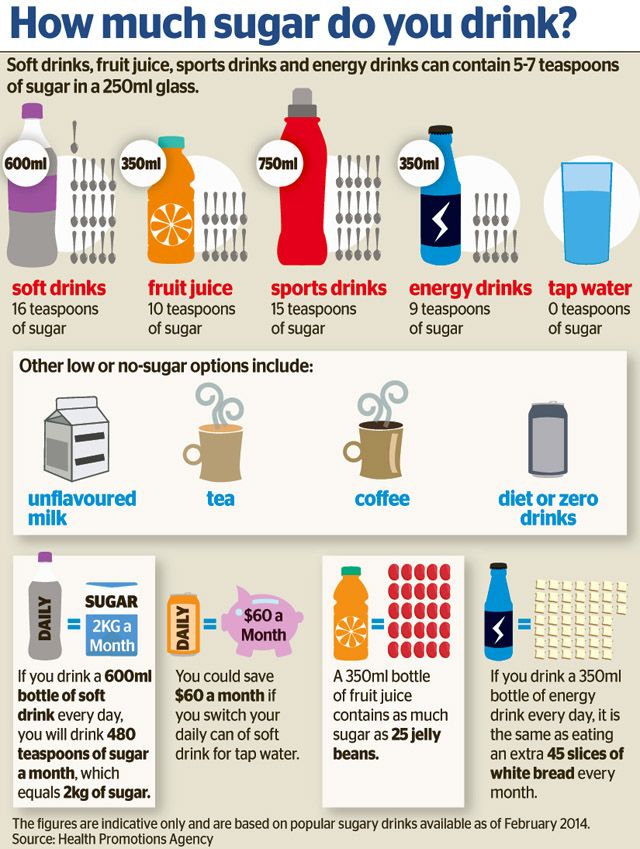 1 For children over 5 years old, the daily recommendations are 2½ cups to age 8, and then 3 cups for ages 9-18. For a MyPlate plan that includes dairy/milk recommendations specific to your child, please visit https://www.myplate.gov/myplate-plan and complete the “Get Your MyPlate Plan”.
1 For children over 5 years old, the daily recommendations are 2½ cups to age 8, and then 3 cups for ages 9-18. For a MyPlate plan that includes dairy/milk recommendations specific to your child, please visit https://www.myplate.gov/myplate-plan and complete the “Get Your MyPlate Plan”.
From the MyPlate.gov website, here are General Recommendations from the Daily Dairy Table:4 Note that this table is not exclusively for milk, but includes all dairy products such as cheese, yogurt, ice cream, etc.
With the various dairy options available and by following these guidelines and recommendations, it is likely that your child is getting the calcium, protein, and vitamins that he or she needs! Just remember that under age 2, providing your child with full-fat or whole milk or fortified soy milk is very important for their brain growth. Beyond that, skim, low-fat, or plant-based milks are fine.
By Diana Groux, SHSU Dietetic Intern
References
1. Muth N. Recommended Drinks for Young Children Ages 0-5. American Academy of Pediatrics.
Muth N. Recommended Drinks for Young Children Ages 0-5. American Academy of Pediatrics.
2. Riley L, Rupert J, Boucher O. Nutrition in Toddlers. American Family Physician. 2018;98(4):227-232.
3. Johnson A, Ansel K. Dairy Alternatives for Kids Who Won’t – or Can’t – Drink Milk. eat right Academy of Nutrition and Dietetics.
4. MyPlate.gov. What foods are included in the Dairy Group?
Go to Top
How Many Glasses of Milk Should a Kid Drink? | Healthy Eating
By Erin Coleman, R.D., L.D. Updated December 06, 2018
Milk and other dairy products are good sources of protein and calcium, nutrients important for normal growth and development in children. According to the Office of Dietary Supplements, adolescent girls ages 9 to 18 often don’t consume enough calcium. The amount of milk a child should consume each day depends on his age.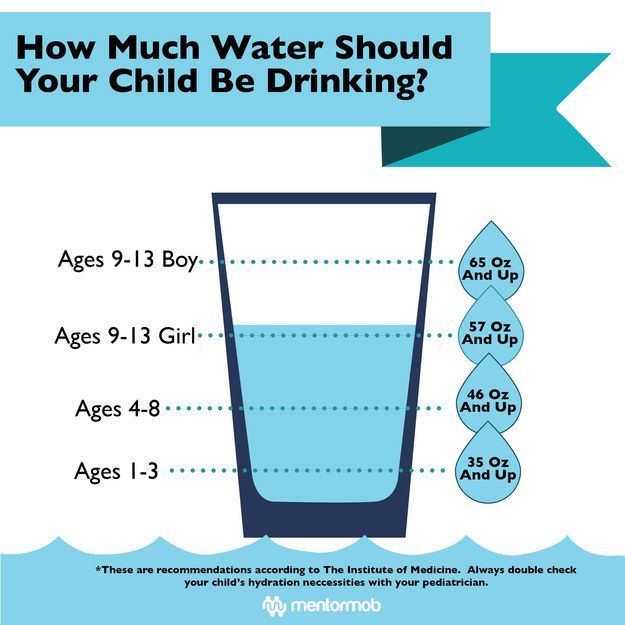 A serving size of milk is equivalent to 1 cup, or 8 fluid ounces.
A serving size of milk is equivalent to 1 cup, or 8 fluid ounces.
Ages 0 to 12 months
Infants ages 0 to 12 months of age should not consume cow’s milk, and should drink breast milk or infant formula instead. According to MedlinePlus, newborns should consume 16 to 24 ounces of breast milk or infant formula each day, infants ages 4 to 6 months old should consume 28 to 45 ounces of breast milk or formula every day, babies ages 6 to 8 months should drink breast milk or formula three to five times per day and babies ages 8 to 12 months old should drink breast milk or infant formula three to four times each day.
Ages 1 to 2
You can offer your child whole cow’s milk after 1 year of age, according to the American Academy of Pediatrics. Children between the ages of 1 and 2 require a higher-fat diet for proper brain development, which is why whole milk is recommended. At this age, the American Academy of Pediatrics recommends limiting cow’s milk to 32 ounces, or 4 cups, per day. KidsHealth encourages children ages 1 to 2 to consume 16 to 24 ounces, or 2 to 3 cups, of whole milk each day.
KidsHealth encourages children ages 1 to 2 to consume 16 to 24 ounces, or 2 to 3 cups, of whole milk each day.
Ages 2 to 8
The U.S. Department of Agriculture recommends children ages 2 to 3 consume at least 2 cups from the dairy group each day, and children ages 4 to 8 consume at least 2.5 cups from the dairy group on a daily basis. This may include cow’s milk, soy milk, yogurt, cottage cheese or regular cheese. Your pediatrician may recommend switching to 2-percent milk at some point after age 2.
Ages 9 and Older
The U.S. Department of Agriculture recommends children ages 9 and older and adults consume at least 3 cups from the dairy group each day. Active teenagers with high calorie requirements of 3,000 calories or more may require 4 cups from the dairy group each day.
Substitutions for Milk
If your child doesn’t like to drink milk, other protein- and calcium-rich dairy products can replace cow’s milk in a healthy diet. These may include yogurt, cheese, cottage cheese and soy milk. According to the U.S. Department of Agriculture, 1 cup from the dairy group is equivalent to 1 cup of cow’s milk, 1 cup of soy milk, 1 cup of yogurt, 2 cups of cottage cheese, 2 ounces of processed cheese or 1.5 ounces of hard cheese such as cheddar.
These may include yogurt, cheese, cottage cheese and soy milk. According to the U.S. Department of Agriculture, 1 cup from the dairy group is equivalent to 1 cup of cow’s milk, 1 cup of soy milk, 1 cup of yogurt, 2 cups of cottage cheese, 2 ounces of processed cheese or 1.5 ounces of hard cheese such as cheddar.
- Office of Dietary Supplements: Calcium
- American Academy of Pediatrics: Why Formula Instead of Cow’s Milk
- Kids Health: Feeding Your 1- to 2-Year-Old
Erin Coleman is a registered and licensed dietitian. She also holds a Bachelor of Science in dietetics and has extensive experience working as a health writer and health educator. Her articles are published on various health, nutrition and fitness websites.
how much milk a child needs for 1 feeding, the rate of formula and breast milk
The birth of a baby is a very joyful event. However, along with the joy of parents, many more questions arise. After all, it is so important that the baby grows up healthy and actively develops.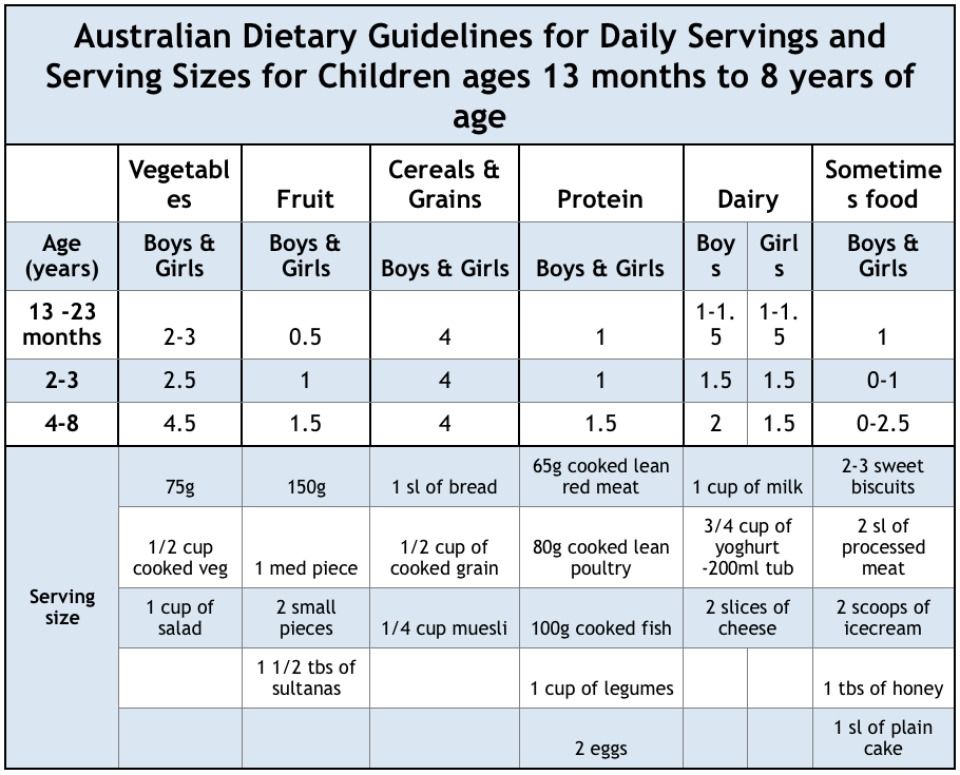 One of the first such questions is usually: "How much does a newborn eat per feeding?" It would seem that feeding is such a natural process that it should not cause difficulties. However, most mothers are concerned that the baby does not have enough milk or, on the contrary, he overeats. How to strike a balance? Let's talk about it in this article. nine0003
One of the first such questions is usually: "How much does a newborn eat per feeding?" It would seem that feeding is such a natural process that it should not cause difficulties. However, most mothers are concerned that the baby does not have enough milk or, on the contrary, he overeats. How to strike a balance? Let's talk about it in this article. nine0003
Content: Hide
- Features of breastfeeding
- On colostrum
- Consumption norms
- How to calculate the volume of feeding
- What is important to take into account artificial feeding
Prevention. As a rule, the most difficult in the matter of feeding is the first week after childbirth. At this time, mother and child are only learning to understand each other. But there is no doubt that breast milk is the best food for a baby. This product is perfect by nature and has everything you need at every stage. nine0003
Breastfeeding is good for both the baby and the mother:
- it helps the baby to get the substances necessary for growth, development and immunity and just satisfy hunger;
- promotes active contraction of the woman's uterus (under the influence of sucking movements) and a faster recovery process after childbirth.

About colostrum
Newborns eat little, their sucking reflex is just developing and is beginning to be put into practice. In addition, a woman's milk is not produced immediately. In the mammary glands at the end of pregnancy and in the first hours after childbirth, colostrum is formed. This is not exactly milk, it even outwardly differs from mature milk, and in its chemical composition it is similar to blood. This is a very valuable product. It is high in fat and contains immunoglobulins and antitoxins, which strengthen the immune system and protect the baby's body from infections. After a few days, colostrum is replaced by transitional milk. It is lighter, but also quite oily. nine0003
Read also: Complementary foods for artificial feeding
Consumption rates
This is important!
A mother should not worry that her baby was hungry, even if she applied it 10 times to the breast, but it seems that he did not eat almost a drop. The size of the stomach of a newborn is very small, so only about 10 ml is eaten per feeding. Thus, for the whole day the baby can drink up to 100 ml.
The size of the stomach of a newborn is very small, so only about 10 ml is eaten per feeding. Thus, for the whole day the baby can drink up to 100 ml.
On average, milk arrives 3-4 days after birth and its quantity gradually increases. The stomach of the baby also grows. This means that the amount of milk consumed also increases. So, for the first day, a newborn can drink 10 ml per feeding, for the second day - 20 ml, and for the third - 30 ml. But remember that each organism is individual and there are no strict limits here. However, if by the 4-5th day of life the child's body weight does not increase, but only decreases (by more than 8%), then this requires the attention of a specialist. nine0003
There is a folk way to determine the rate of consumption of breast milk. You need to multiply the number of days that have passed since the day of birth by 10. But this method is inaccurate and has no scientific confirmation.
So how much should a newborn eat per feeding? The table shows the daily and one-time volume of milk by months for children under 1 year old.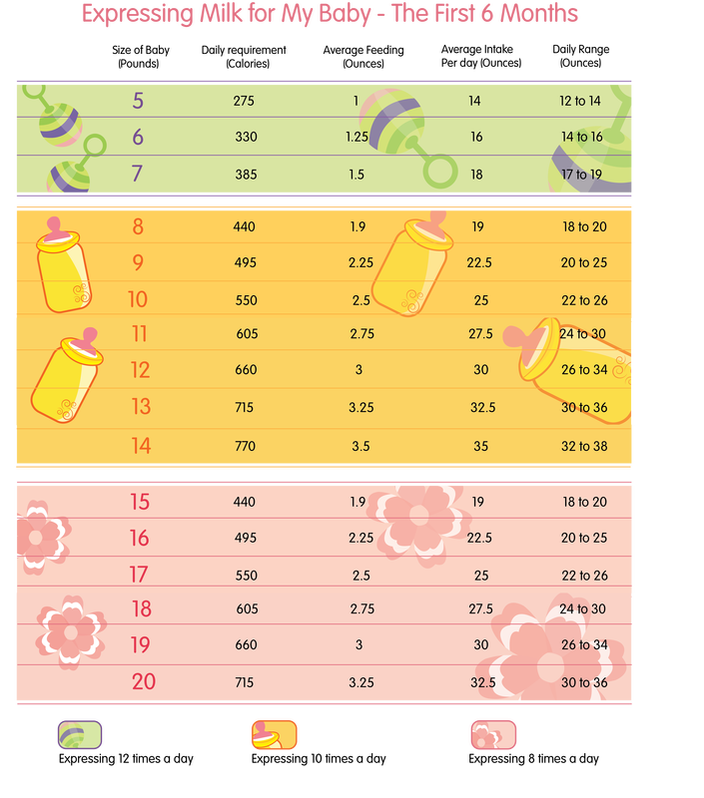
| Child's age | Molo volume for one feeding (ml) | Milk rate per day (ml) |
| 3-4 days | 20-60 | 9000 200-300 | 666
| 1 week | 50–80 | 400 |
| 2 weeks | 60–90 | 20 % of body weight |
| 9000 1 month 1 month 1 month 1 months0002 100–110 | 600 | |
| month | 120–1503 | 800 |
9000 3 months | 9000 15000 15000 15000 15000 15000 15000 15000 15000 15000 15000 15000 15000 15000 15000 15000 15000 15000 15000 15000 15000 15000 15000 15000 15000 15000 150000061 | 1/6 body weight | |
| 4 months | 180–210 | |
| 9000 month | 210–24000 9000 9000 9000 9000 9000 9000 | 1/7 body weight |
| 7–12 months | 210–240 | 1/8–1/9 body weight |
do not forget that children with children located breastfeeding, complementary foods are introduced at about 6 months. This means that the amount of milk consumed is reduced, giving way to more adult food. nine0003
This means that the amount of milk consumed is reduced, giving way to more adult food. nine0003
How to calculate the amount eaten
In terms of measuring the amount eaten, formula feeding seems to be just perfect. Here is a bottle with a scale, here is water, here is a measuring spoon. However, in terms of its benefits, formula milk will never be compared with breast milk. And besides, making measurements is not as difficult as it seems at first glance. Babies just need to be weighed before and after feeding on a baby scale. To ensure the accuracy of the result, you need to weigh several times a day. If nothing threatens the health of the baby, he does not look thin and pale, develops according to age, and the mother has enough milk, then monthly weighing in the clinic is usually enough. nine0003
Feeding schedule
For breastfed babies, there is a rule - to put the baby to the breast on demand. Previously, it was believed that it was necessary to maintain an interval of 3 hours, but now pediatricians agree that the breaks between feedings can be 1.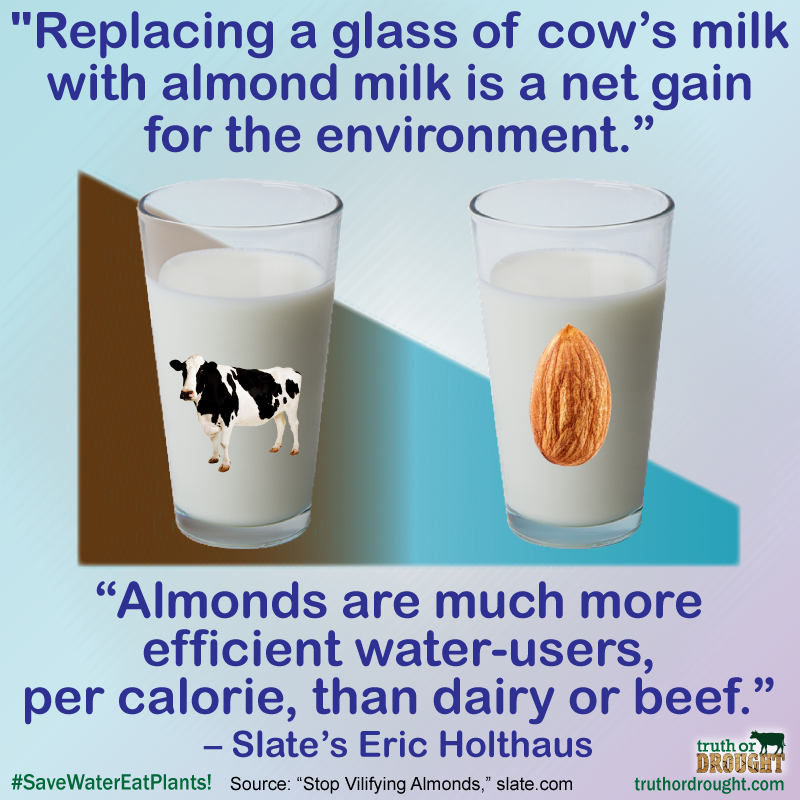 5–2 hours. This does not mean at all that the baby will overeat.
5–2 hours. This does not mean at all that the baby will overeat.
Video: Does a baby get enough food in the first months of life?
Author: pediatrician, Ph.D. Komarovsky E.O. nine0003
The duration of one feeding is usually 15-30 minutes. Although there are deviations from the norm. For example, a woman has a lot of milk, and the child is full in 5-10 minutes. Or, on the contrary, there is not enough milk, and the baby can suck out the remains for a long time. Some babies just enjoy suckling and use their mother's breast as a pacifier.
What is important to consider
At first, mother and baby are just getting used to the ongoing changes, so the feeding regimen may not be ideal. However, you should adhere to the following rules. nine0003
- In the first couple of weeks, a woman needs a lot of dedication, because the interests of the child in the matter of satisfying hunger come to the fore.
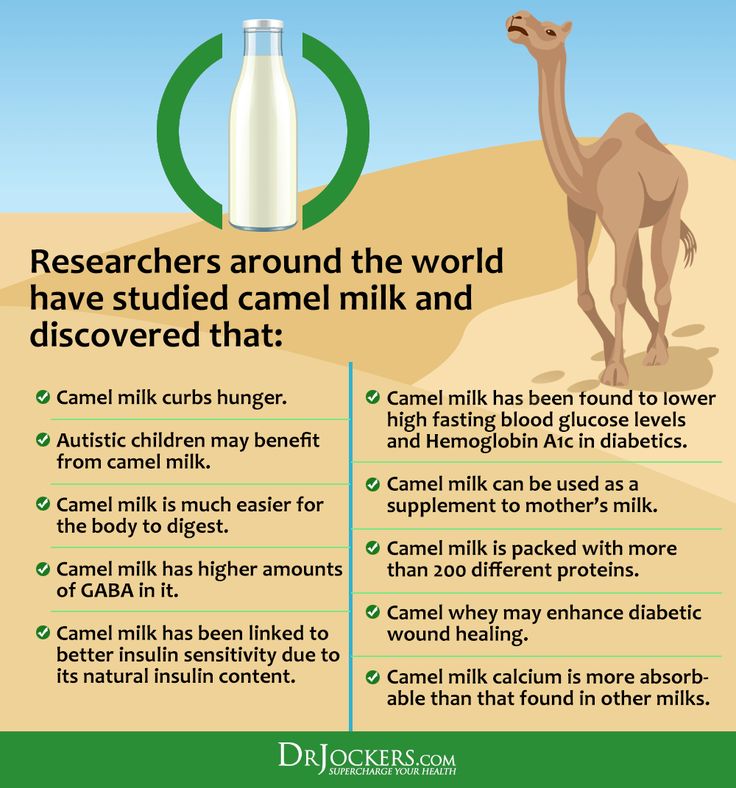 You can’t refuse food to a baby, even if it costs a sleepless night.
You can’t refuse food to a baby, even if it costs a sleepless night. - If there is any doubt that the baby is undernourished or overeating, it is best to start monitoring the frequency of feedings. So, you need to mark the time at which the baby was really hungry, mark the intervals between feedings. This information may also be useful at the appointment with the pediatrician. nine0010
- It is impossible to establish a clear feeding regime, as with artificial feeding, especially in the first weeks after birth. Maintaining intervals of more than 2–3 hours during the day and 3–4 hours at night is highly discouraged.
- Do not try to force feed your baby. He is still too young to realize the need for food, and is guided solely by his feeling of hunger. If the baby persistently refuses the breast, you need to try to offer him to eat a little later. If the interval is too large, it is better to contact a specialist for advice. nine0010
- It is important that your baby latch on correctly.
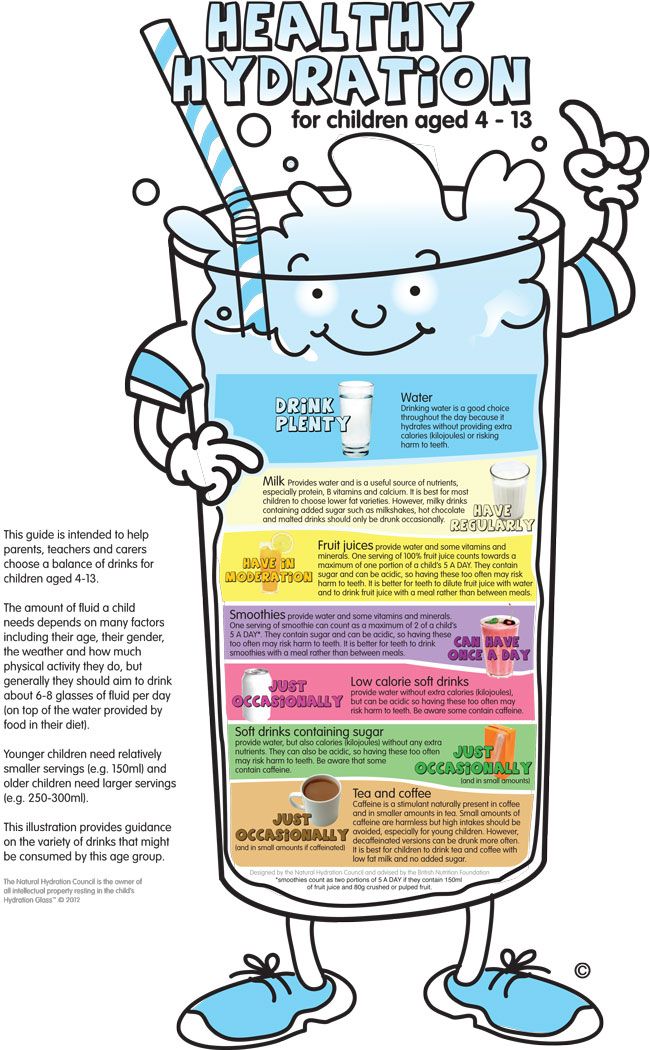 His mouth should capture not only the nipple, but also the areola. Thus, the milk will properly enter the mouth, and the woman will reduce the risk of cracked nipples.
His mouth should capture not only the nipple, but also the areola. Thus, the milk will properly enter the mouth, and the woman will reduce the risk of cracked nipples. - Soothers and bottles are not recommended for breastfed babies. Such products can reduce the intensity of sucking movements.
- It is best to give your baby only one breast at a time. In the mammary gland, fore milk is formed, with which the baby quenches his thirst, and hind milk, with which he "eats up", since it is more nutritious in composition. nine0010
- Hold the baby upright for about 10 minutes after each feed. This helps to free the tummy from air and excess milk.
As a rule, with a normal feeding regimen and a sufficient amount of milk from the mother, by the month the weight of the child increases by 500–600 g. Now consider the situation when the mother does not have the opportunity to breastfeed the baby. In this case, it is necessary to choose a quality milk formula that will cover the nutritional needs.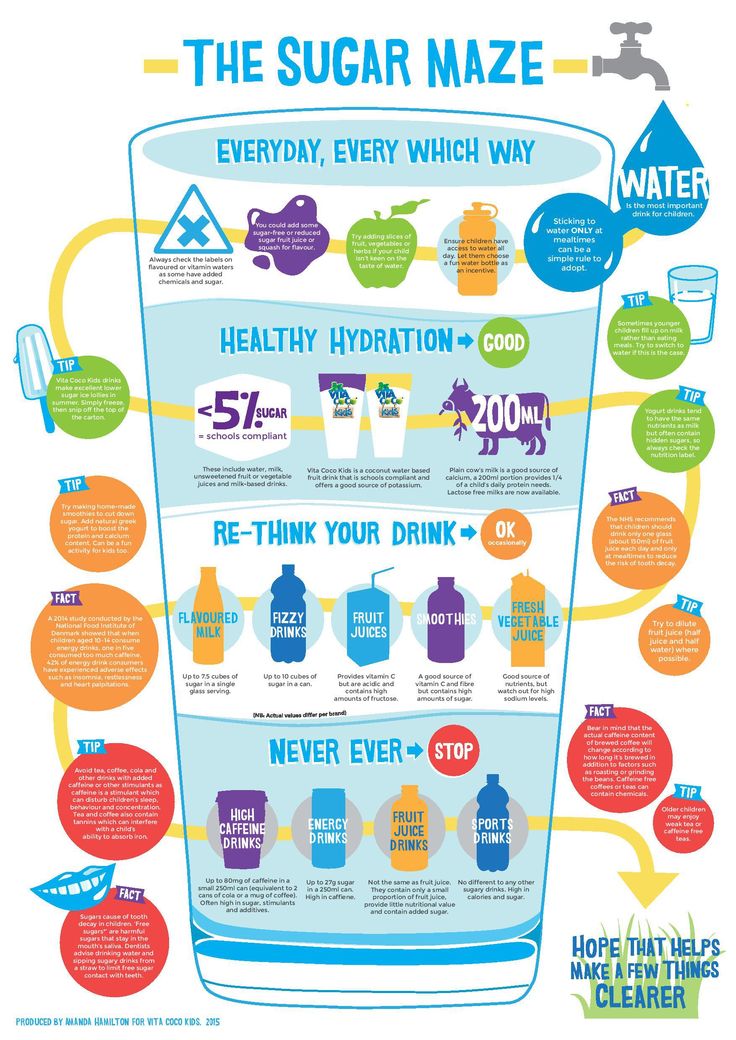 The pediatrician should help in this matter. The doctor will always take into account the peculiarities of the child's health and will be able to advise a regular or medicinal product. Do not forget that when breastfeeding, the baby makes more effort. He drinks milk gradually and feels full. When feeding with a formula, a strict dosage is needed, since usually saturation does not come immediately, and the baby may require a supplement that he does not really need (the feeling of hunger should disappear after a few minutes). nine0003
The pediatrician should help in this matter. The doctor will always take into account the peculiarities of the child's health and will be able to advise a regular or medicinal product. Do not forget that when breastfeeding, the baby makes more effort. He drinks milk gradually and feels full. When feeding with a formula, a strict dosage is needed, since usually saturation does not come immediately, and the baby may require a supplement that he does not really need (the feeling of hunger should disappear after a few minutes). nine0003
Consumption rates
Almost all known mixtures require 8 or 7 meals a day with an interval of 3 hours. Night feedings are also included. When the baby grows up a little, it will be possible to skip them and sleep 5-6 hours until morning. With regard to formula milk, the principle of feeding on demand is not suitable. Therefore, it is necessary to observe both the dosage indicated by the manufacturer and the regimen.
It will not be difficult to calculate how much the baby eats for feeding.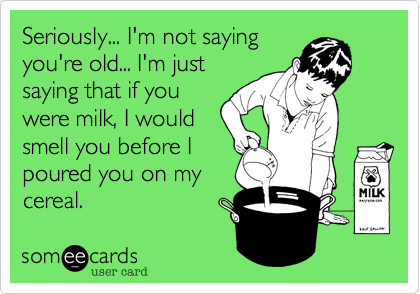
| Age | Daily milk rate from body weight |
| 10 days - 1.5 months | 9000 1/5 | 9000 9000 1.5–4 months | 1/6 |
| 4–6 months | 1/7 |
| 6–8 months | 1/8 |
| 9000 8 months - 1 year 9000 | 1/9 |
For example, a baby is 2 months old and weighs 4800 grams. According to the table, we divide 4800 by 6 and get the daily rate - 800 ml of milk formula per day. To calculate the volume of one feeding, divide 800 by 6 (number of feedings per day). Thus, the child eats about 130 ml of formula at a time.
Not everyone can find the right mixture right away, but do not despair. Even with allergies, digestive problems, cow's milk protein intolerance, you can find a suitable product, but only under the strict supervision of a doctor.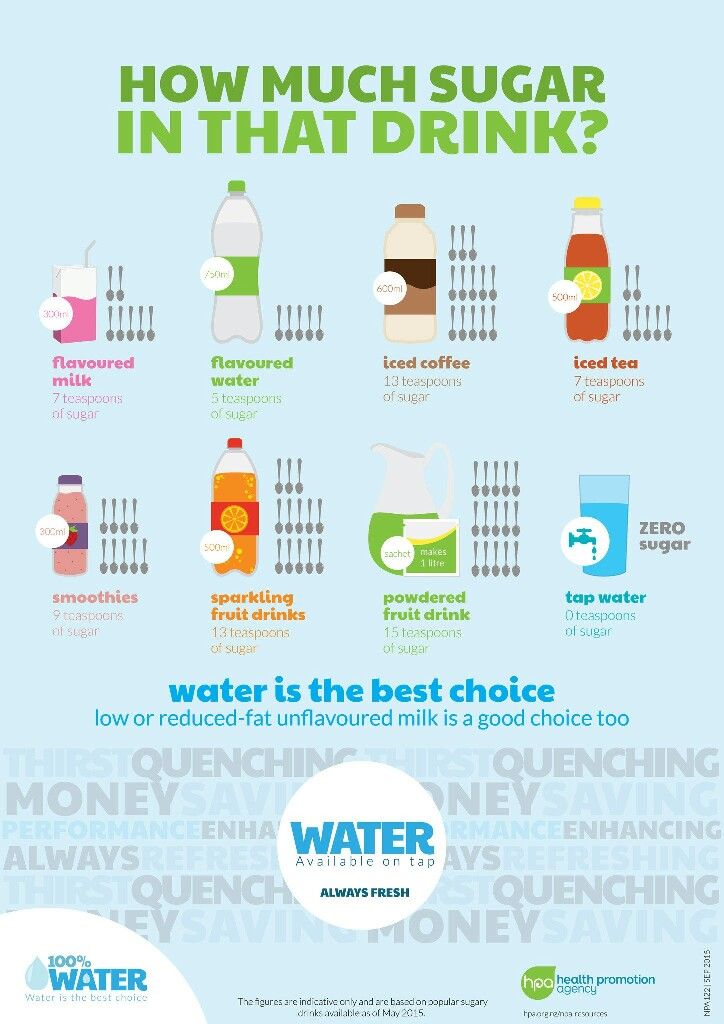 nine0064
nine0064
#Nutrition for babies
How much should a newborn baby eat
search support iconSearch keywords
Home ›› How much milk should a newborn baby drink?
Home ›› How much milk should a newborn baby drink?
↑ Top
Like every new mom, you're probably wondering, "How often should a newborn eat?" and “How many milliliters does a newborn baby drink at a time?”. A mother's body is designed to provide her baby with all the nutrients she needs, but every mom needs practical advice and confidence when it comes to how much milk a newborn should drink. nine0003
Whether you are breastfeeding, bottle feeding or a combination, here you will find all the information you need to know about how much food your baby needs to grow and develop properly.
Signs indicating that the child is hungry
Every mother has a wonderful maternal instinct, but we cannot guess the child's desires the first time. Over time, you will learn your child's unique gestures and body movements, as well as signs that he is hungry. In the meantime, here are some of the most common signs that a child is hungry:
- turns head towards your breast or bottle;
- clenches;
- puts pens in mouth;
- pouts, smacks or licks lips.
If your child is showing any of these signs, they may be trying to tell you it's time to eat. Ideally, your baby should be fed on demand when he is hungry. If you're breastfeeding, on-demand feeding is a good way to keep your milk supply going as your body will naturally respond to your baby's needs and continue to produce the required amount of milk. Bottle-feeding on demand can also be beneficial for your baby, as it allows him to self-regulate his feeding needs. nine0003
How much breast milk should a newborn drink?
So, how much should a newborn baby eat? A remarkable feature of each child is its uniqueness, so it would be wrong to feed the baby strictly according to the instructions.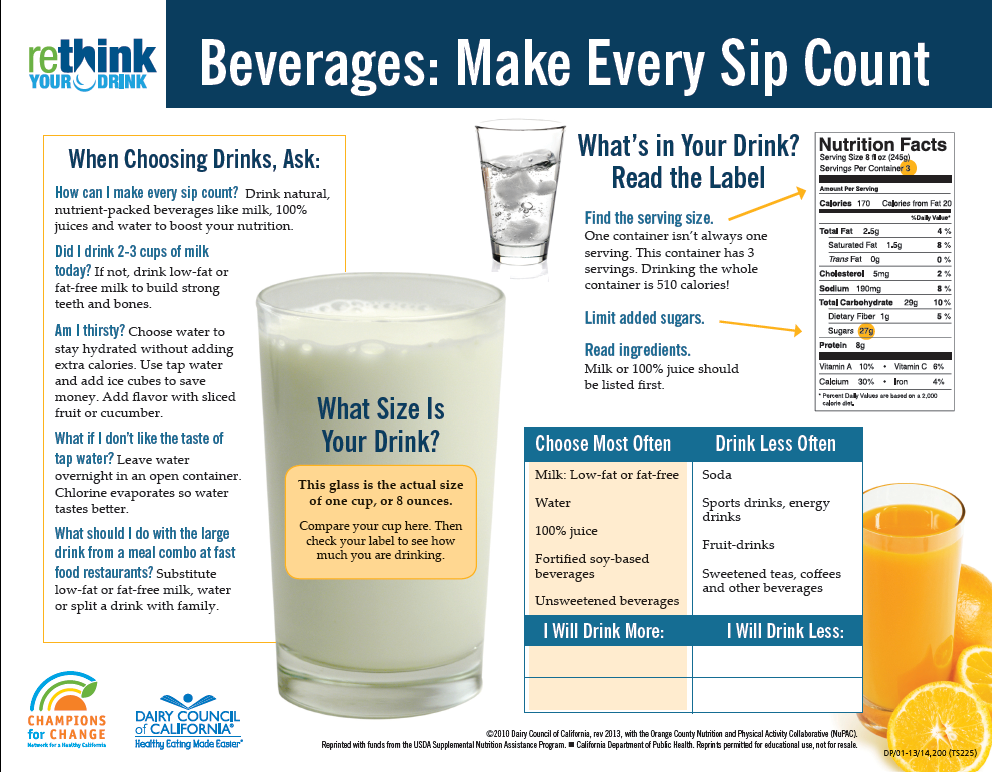 Don't panic if the recommendations below don't fit your own feeding schedule, but please contact your healthcare provider or pediatrician if you have any questions.
Don't panic if the recommendations below don't fit your own feeding schedule, but please contact your healthcare provider or pediatrician if you have any questions.
Although every baby is different, newborns typically eat every two to three hours, for a total of 8 to 12 meals a day. nine0003
How many milliliters does a newborn baby drink? At the very beginning, your body will only produce a small amount of yellowish and thick breast milk called colostrum. This milk is an ideal source of nutrients that your newborn needs, in addition, it has many immunological components. 1
How much milk does a newborn baby drink? Infants drink 30-60 ml per feeding, while this volume increases to 60-90 ml by two weeks of age. So don't worry if you don't feel like your body is producing much milk in those first few days after your baby is born! Feeding times will also vary, ranging from 10 to 30 minutes at the very beginning and then gradually increasing as your baby grows.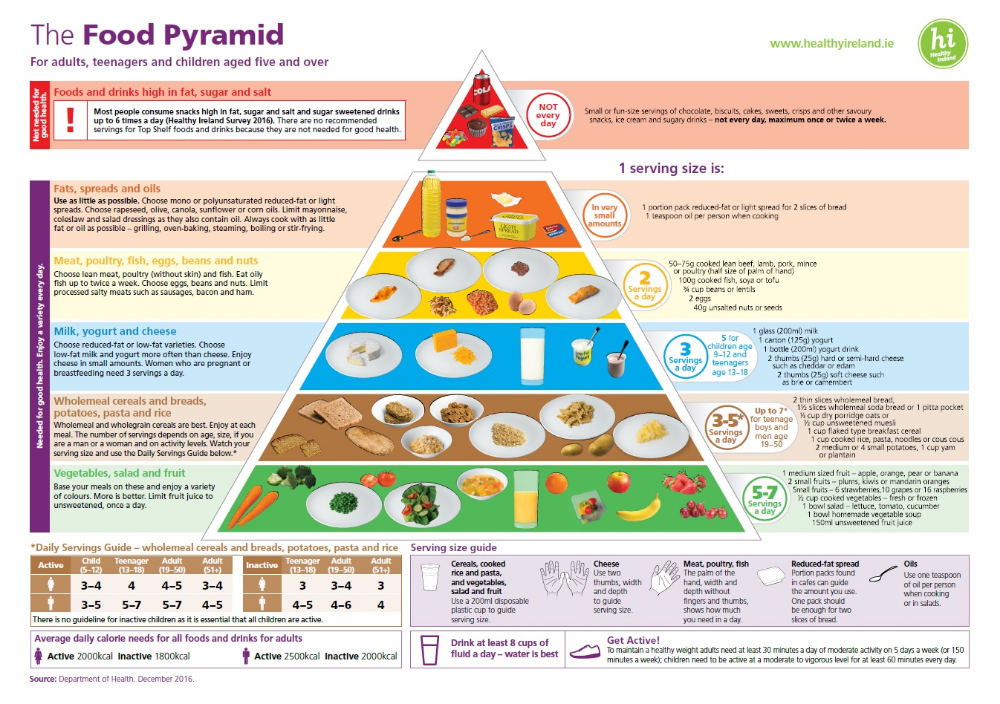
How much breastmilk the baby takes if bottle fed
If you choose to bottle feed your baby from time to time, do so at the same intervals and for the same period of time as if you were breastfeeding. Pumping is a great option for breastfeeding your baby. It will allow you to separate from the baby if necessary and at the same time retain all the benefits of breastfeeding. nine0223
In addition, it is also important to purchase a bottle that will help make bottle feeding more natural for both you and your baby. For example, take a look at this Philips Natural bottle. Its wide, physiologically shaped nipple promotes a natural latch that is identical to that of a mother's breast, making it easier to alternate between bottle and breastfeeding.
Philips Avent
Natural Baby Bottle
SCF033/27General assessment /5
- Review reviews reviews
-
-{Discount -Value}
How to understand that the child is already full? When breastfeeding or bottle feeding, look out for the following signs that may indicate that your newborn baby is full:
- baby closes mouth;
- turns head away from bottle or breast;
- handles are not clenched into fists and are relaxed;
- falls asleep quickly.
